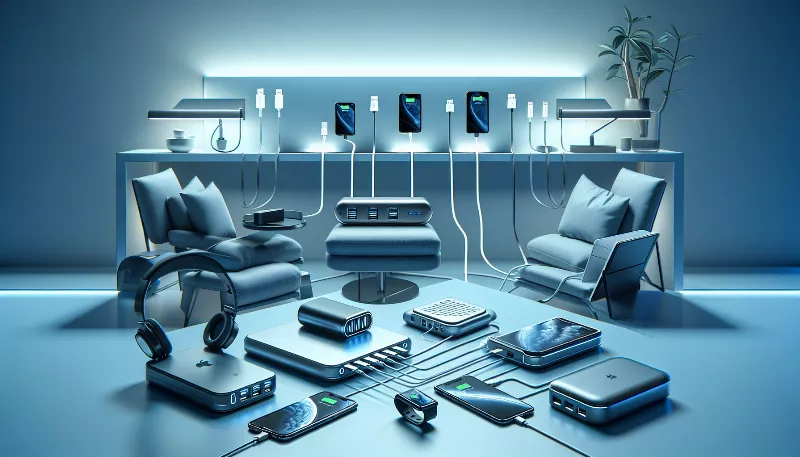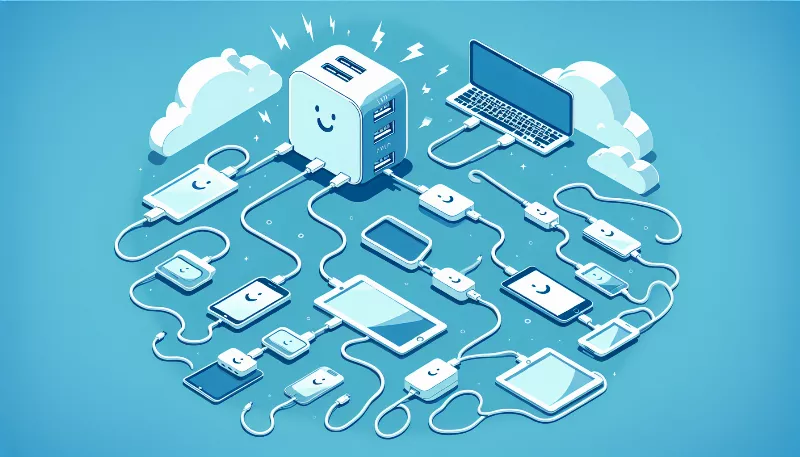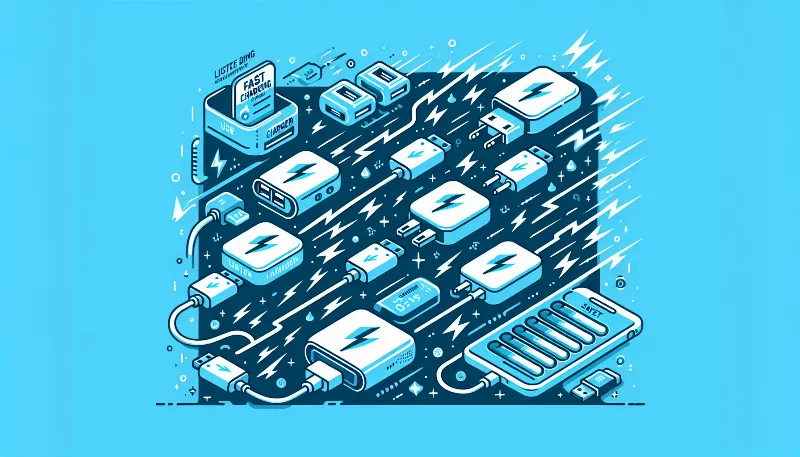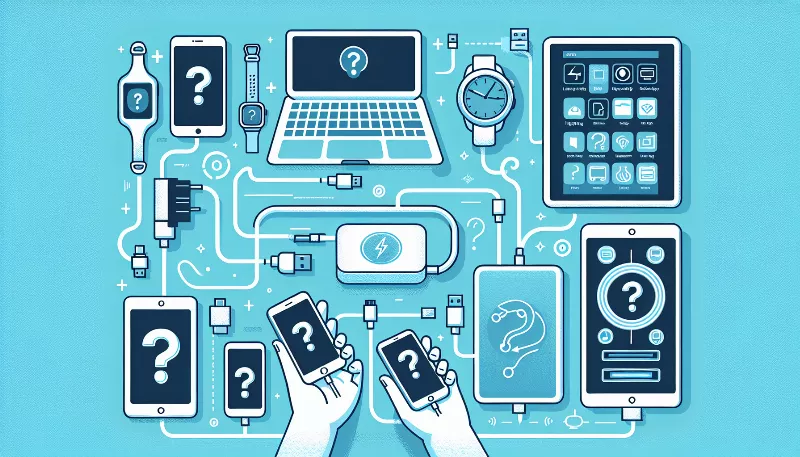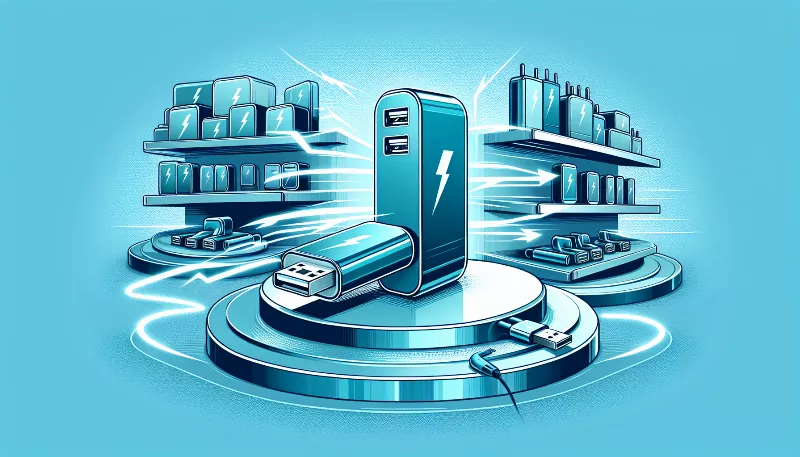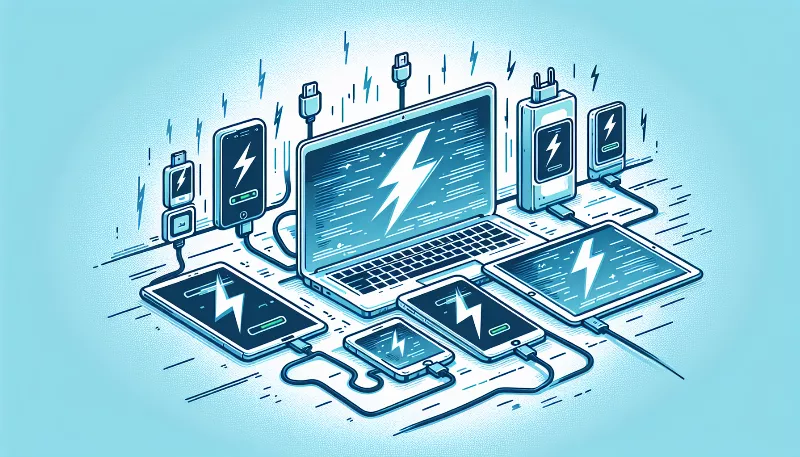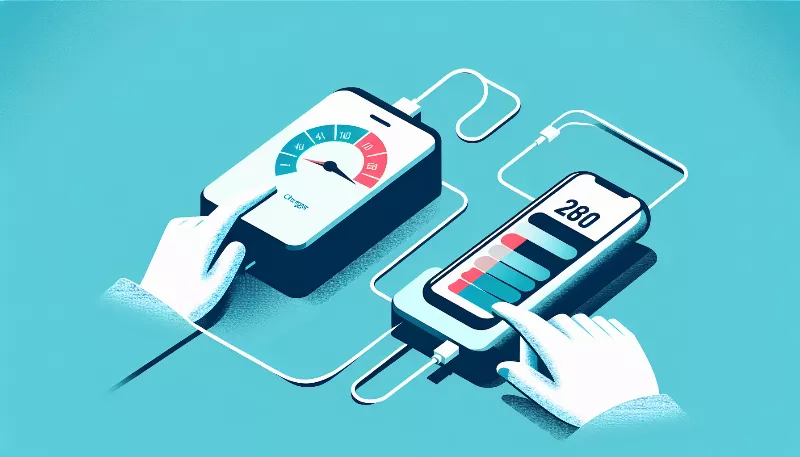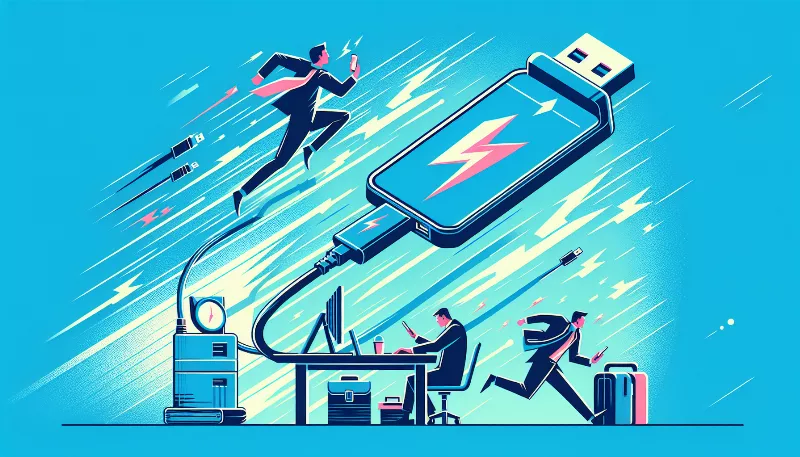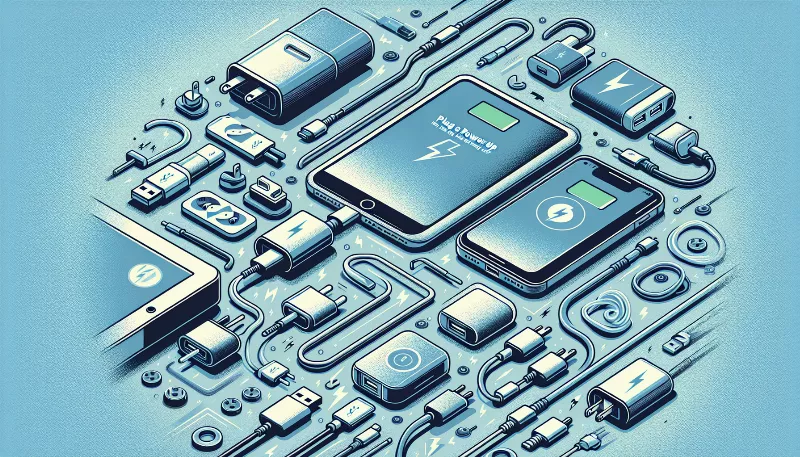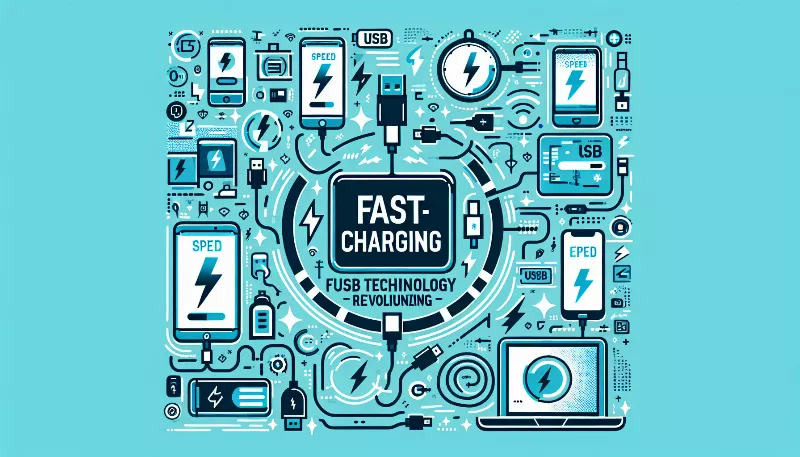What are the current USB charger standards and how do they differ?
Discover the latest USB charging standards! Learn how USB-C, Quick Charge, and more differ to power your devices efficiently. Stay plugged in!
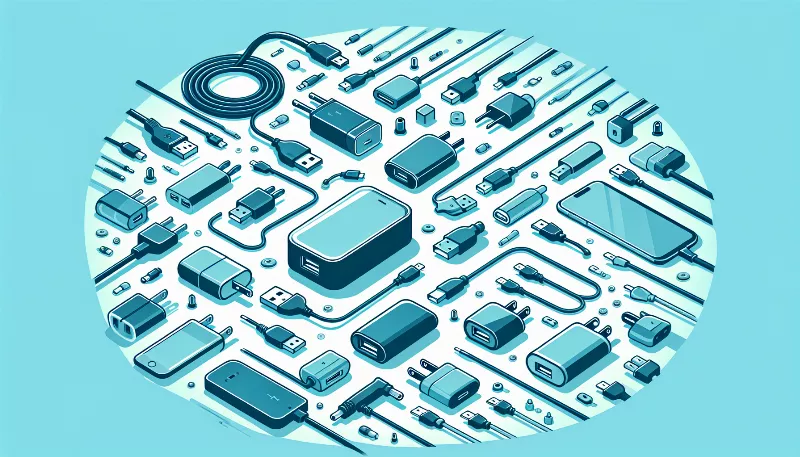
Introduction to USB Charger Standards
Imagine a world where every electronic device could be charged with the same charger. Sounds like a dream, right? Well, that's the vision behind the Universal Serial Bus (USB) standards. These standards have revolutionized the way we power up our devices, from smartphones to laptops, making charging more convenient and efficient than ever before. Let's dive into the current USB charger standards and discover how they differ, adding a spark of simplicity to our tech-charged lives!
The Evolution of USB Charging
USB charging has come a long way since its inception. The journey began with USB 1.0 and 2.0, which were primarily for data transfer with limited charging capabilities. Then came USB 3.0, which offered improved data speeds and better power delivery. But the real game-changer was the introduction of USB Type-C and USB Power Delivery (PD), which have set new benchmarks for charging performance.
USB Type-A: The Ubiquitous Classic
USB Type-A is the most widely recognized USB port and has been the standard for years. It's the rectangular port you've plugged into countless times, often flipping the connector multiple times to get it right. While not the fastest when it comes to charging, its compatibility with a vast array of devices makes it a reliable choice for many users.
USB Type-C: The New Universal Connector
Enter USB Type-C, the small, reversible connector that's taking over the tech world. It's not just about convenience; USB Type-C supports faster data transfer rates and significantly higher power delivery compared to its predecessors. This means quicker charging and the ability to power larger devices like laptops, all through a single, streamlined port.
USB Power Delivery: Supercharging Your Devices
USB Power Delivery is a charging protocol that allows for higher power levels, up to 100W. This means faster charging for your devices, and it's flexible too, adjusting the power flow to suit each device's needs. With USB PD, gone are the days of overnight charging. Now, you can power up your gadgets in a fraction of the time!
Quick Charge: Qualcomm's Speedy Solution
Qualcomm's Quick Charge technology is another player in the fast-charging arena. Designed for devices with Qualcomm processors, Quick Charge enables rapid power delivery, getting your device back in action quickly. Each new version of Quick Charge improves upon the last, offering greater efficiency and compatibility.
Comparing the Standards
So, how do these standards stack up against each other? USB Type-A may be everywhere, but it's not the fastest kid on the block. USB Type-C, with its support for USB PD, is the frontrunner in speed and versatility. And when it comes to proprietary technology like Quick Charge, while it offers impressive speeds, it's limited to compatible devices.
Embracing the Future of Charging
As we look to the future, USB Type-C and USB Power Delivery are leading the charge towards a universal charging solution. With the tech industry rallying behind these standards, it's only a matter of time before they become as commonplace as USB Type-A is today. So, get ready to experience the full power of the latest USB charging standards, as they energize our lives with unprecedented speed and convenience!

